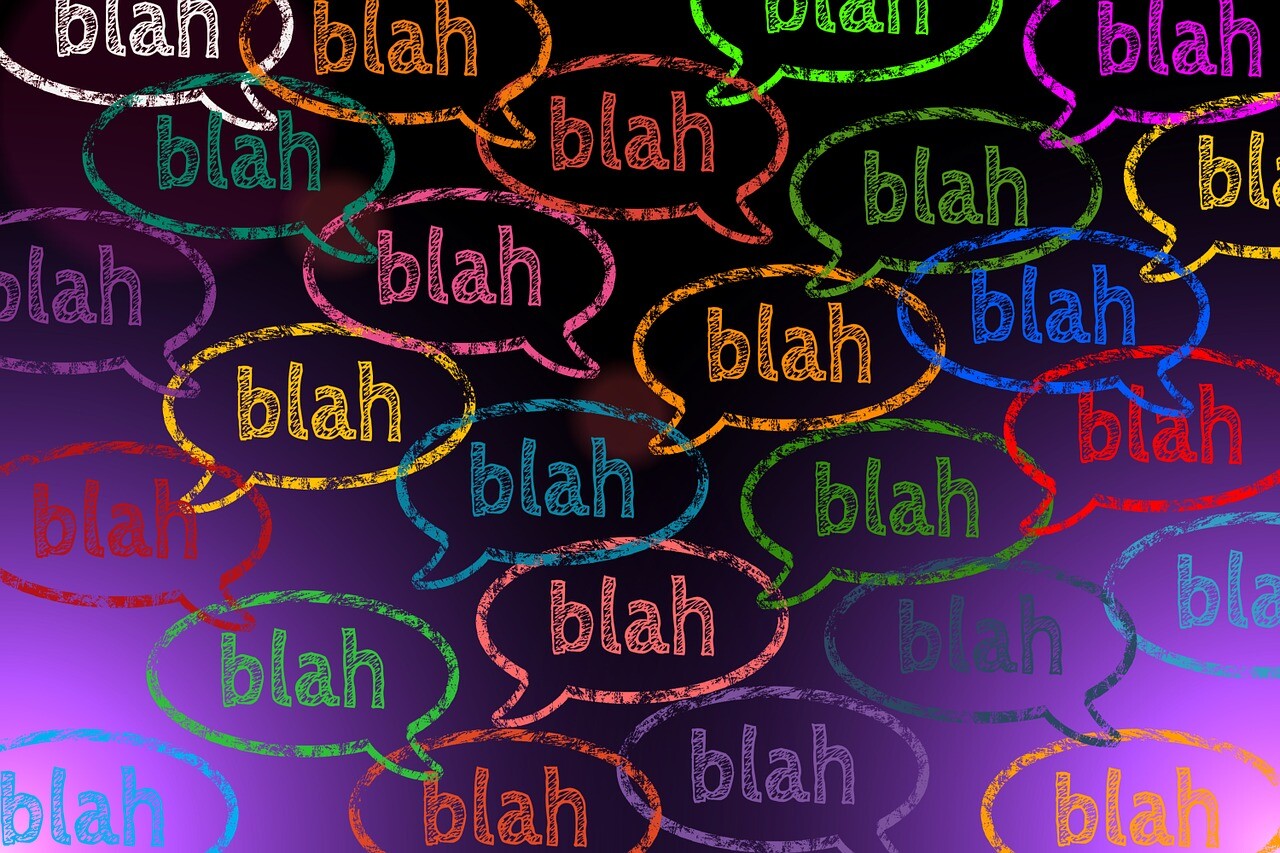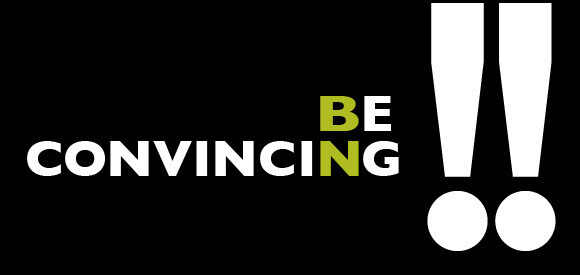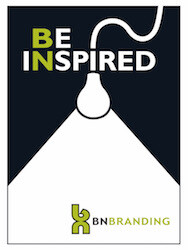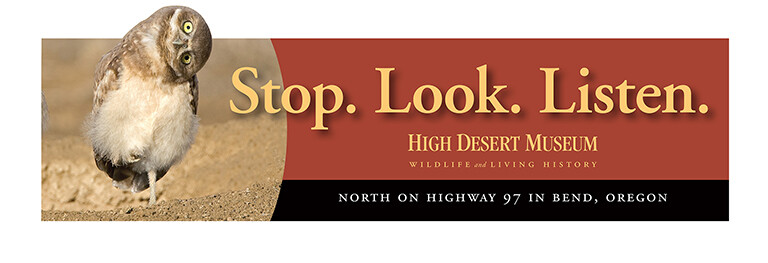![]() This is a common refrain these days… Doesn’t matter if the client is selling complex, business-to-business services or a simple impulse item, they often have the same idea when it comes to writing better web copy…
This is a common refrain these days… Doesn’t matter if the client is selling complex, business-to-business services or a simple impulse item, they often have the same idea when it comes to writing better web copy…
“This copy’s just too long. No one’s going to read that.”
“You can’t put that much copy on a website.”
“It’s just too many words, not enough bullets.”
 They probably just took some online advice about the best practices in website development a little too far….
They probably just took some online advice about the best practices in website development a little too far….
“Less is more.”
“Keep it short.”
“Don’t bore ’em with the details.”
“Use just the facts, and do it in 140 characters.”
But “best practices” are often just pooled ignorance. One guru says it, and all the lemmings follow.
Call it the Twitter effect. Or maybe the Trumpification of corporate communications. Persuasion, emotional story-telling and word-smithing is being beaten down, tweet by tweet, and reduced to banal snippets designed to get clicks and “improve engagement.”
Writing better web copy isn’t about shortening up the word count. There are many problems with that approach, but I’ll cover just a few:
If you’re going to limit your web copy to just a few words, they better be damn good words.
This, I’ve found, seldom rings true.
A lot of web copy is short, but most of it’s just a bunch of corporate cliches and salesman mumbo jumbo. I rarely find headlines that are actual headlines. They’re just titles. Home page copy is rarely convincing or clear. Blog posts aren’t well-written or unique. In fact, most web copy is more likely to be riddled with typos than ripe with juicy metaphors and well-crafted copy.
That’s probably because the web development firms that build most websites work in a vacuum. They rely completely on the client for “content.” They don’t help the client fine-tune his message and write emotionally-rich copy, they just regurgitate whatever they’re given.
Garbage in, garbage out.
I recently encountered a web development firm’s process that included a 91-page survey for their clients. 91 pages of questions designed to gather content, streamline the development process, and basically make the client do all the creative work for them. They literally took the responses from the survey and inserted those as bullet points in the website copy. Verbatim.
They went out of business.
When it comes to writing better web copy sometimes you absolutely, positively need more than just a factual headline and a quick blurb.
 Federal Express became a household name when they launched a humorous ad campaign featuring a fast talking boss running a fast-paced business. They could have said, “when you need it overnight,” but the addition of those two adjectives “absolutely, positively” elevated the idea dramatically. A little longer copy made it a much stronger campaign.
Federal Express became a household name when they launched a humorous ad campaign featuring a fast talking boss running a fast-paced business. They could have said, “when you need it overnight,” but the addition of those two adjectives “absolutely, positively” elevated the idea dramatically. A little longer copy made it a much stronger campaign.
Business stories need time to develop. They need dialog and characters and problem/solution scenarios that strike a chord with prospects, like the Fed Ex campaign did. It was a business-to-business pitch that humanized the package delivery business and became massive, mainstream success.
Clarity trumps brevity every time.
Don’t be afraid to add deep, explanatory copy. Prospects need to know more than just who, what, when and where. Just the facts just won’t cut it. You also have to cover the less rational side… the emotional side of the equation.”
Website visitors need to see, hear and FEEL the “what’s in it for me” content that is amazingly absent these days.
 I see it frequently in the natural foods industry… a company will have a delicious new product for sale on Thrive Market, Amazon and various other ecommerce outlets, but they use the same, truncated, incomplete product descriptions on every website.
I see it frequently in the natural foods industry… a company will have a delicious new product for sale on Thrive Market, Amazon and various other ecommerce outlets, but they use the same, truncated, incomplete product descriptions on every website.
Not a single one gives an adequate explanation of “why buy.” It’s an obvious, unfortunate, cut and paste job.
There are hundreds of delicious, healthy products languishing on those eCommerce shelves because companies simply don’t articulate the deeply rooted product benefits in an interesting manner. As they say in the venture capital world, “they just don’t have their pitch dialed.”
Heck, they often can’t even convey how tasty their stuff really is.
Writing better web copy is a matter of digging up those pertinent story lines and delivering the message to a variety of diverse target audiences in a consistent, cohesive manner. The story needs to hit ’em in the gut, resonate in their hearts, and make sense in their heads.
Over and over and over again.
Sometimes it can be done in a few words, but often you have to go deep… You have to find the real story buried and elaborate on it. Sometimes the meat of the message isn’t even on the company’s site, it’s on some food blogger’s site, buried in a review.
How could that be?

To be fair, those business owners are up to their ears in production challenges, ingredient procurement issues and sales channel headaches. Most don’t have time to write web copy because they’re busy solving problems that are more urgent and more understandable to a CEO mentality.
It’s human nature… dive into the tasks we’re good at, and procrastinate on the other stuff.
So here’s some advice for all you business owners out there: Don’t put off your messaging. It’s more important than you think. Don’t let your web developers write it from survey results, and don’t “outsource it” to someone who doesn’t understand your target audience or the language of your business.
Get some professional help from a well qualified copywriter, and when you do, don’t pester him about using too many words.
The fact is, engagement is guaranteed if you’re telling a good story in a creative way. (And believe me, no one buys without first being engaged with your brand.)
So let me answer the original question… “How long should that web copy be?”
That depends on the context. You need to carefully consider the medium, the audience, the subject matter and the objective of the communication.
So the first step in writing better web copy — or better presentations — is knowing when to go long, when go short, and when to shut up.
I know a company that had 700 words on the homepage of their website. It was a huge mistake… way too long for that particular location. That particular company.
But there are far more companies that have the opposite problem: graphically-driven websites that don’t present a clear case for the product or service at hand.
Website homepages have evolved into online billboards. You only have a few seconds to catch attention, so every sentence needs to be creative and well crafted. Every word counts.
No one’s going to flock to your service if you just slap up a product shot with a factual headline. In that case, a photo alone does not speak a thousand words.

Thankfully, websites also accommodate the long, explanatory copywriting that’s essential to making the sale and building your brand. Facts, data and product photos alone do not tell a compelling story, but they are a required element. People use the facts and data to justify the decisions they make, so you need both compelling, emotional copy and factual reasoning.
So, if you’re trying to write more effective web copy, first consider the medium. Then the audience. Then the objective of the communication. And of course, the subject matter. Only then can you decide if less really is more.
I could go on and on, but for this particular post, this is the perfect length.
For more on writing better web copy, try this post.


Great points!!! KISS – Keep is short and sweet! and always always for the audience first – thanks for the post – it was a great read!